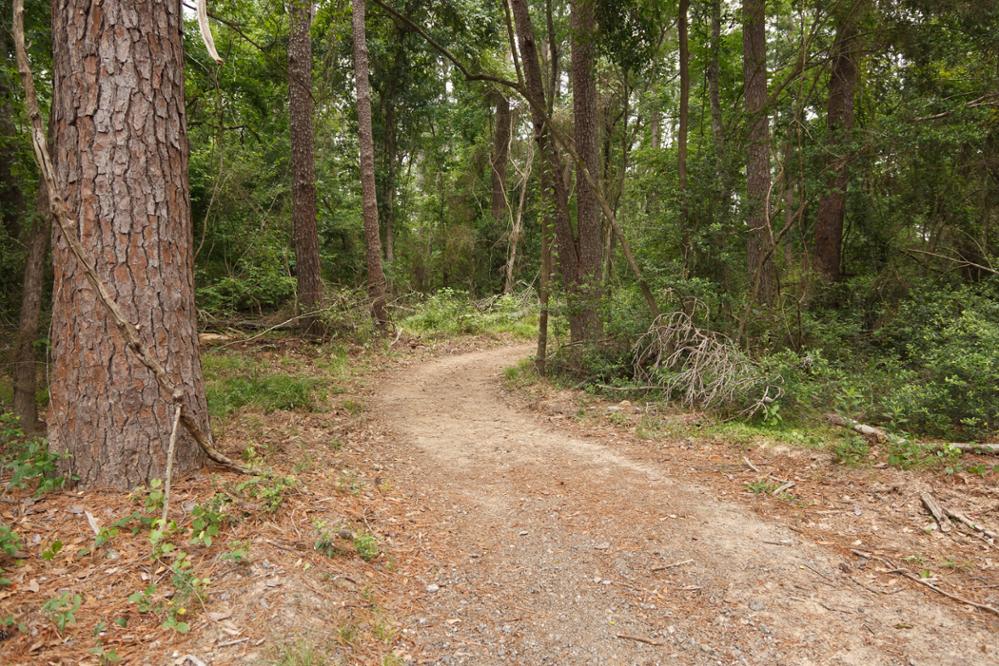TWDB explores nature-based solutions to mitigate flooding in Texas Posted on September 11, 2023
 Flooding is the most common and deadly disaster in the state that has plagued Texans for generations, costing billions in property damage—and worse, loss of lives. So, when it comes to addressing the most challenging water issues across the nearly 269,000 square miles of Texas, flood mitigation is at the top of the list.
Flooding is the most common and deadly disaster in the state that has plagued Texans for generations, costing billions in property damage—and worse, loss of lives. So, when it comes to addressing the most challenging water issues across the nearly 269,000 square miles of Texas, flood mitigation is at the top of the list.
The National Oceanic and Atmospheric Administration published a study in 2018 revealing that rainfall values in some parts of Texas previously classified as 100-year events are now categorized as much more frequent 25-year events.
While varied topography and proximity to the Gulf of Mexico have always played a significant role in the state’s flood events, the population in Texas surpassed 30 million last year according to estimates from the U.S. Census Bureau. The recent exponential growth, coupled with the already complex landscape, necessitates more forward-thinking flood planning and coordination, such as considering how natural features in new developments and infrastructure projects can work to our benefit to reduce flood risks.
As part of the effort to address flood issues across the state, the Texas Water Development Board (TWDB) is conducting an online survey now through September 29 to collect input on the use of nature-based solutions to mitigate flood risk. Responses will be used to help develop a guidance manual for communities seeking to implement these projects.
Nature-based solutions are broad, ranging from detention and retention ponds to preservation of natural features, such as floodplains and wetlands, or may even include roadside ditches with nature-based components. Sometimes, projects designed to improve water quality or intended to provide other environmental benefits can also work to mitigate flooding.
“The work that we’re doing is from a lens of flood mitigation. But really, there are likely greater benefits for water quality, environmental enhancement, and even for public recreation and enjoyment,” said Saul Nuccitelli, the TWDB’s Director of Flood Science and Community Assistance. “We’re looking to try to integrate and connect those project benefits and encourage folks who are doing flood work to seek out ways to incorporate nature-based components into their projects.”
Community features are examples of nature-based solutions that potentially provide benefits to the community while simultaneously serving as flood mitigation strategies.
The TWDB’s survey is intended to capture examples of projects and programs using nature-based solutions with flood mitigation benefits to learn about the solutions being implemented in the varying ecoregions of Texas. The goal of the guidance manual is to make practical case studies of projects, incentive program concepts, and regulatory templates available to community officials, decision-makers, and other practitioners who are interested in nature-based solutions as alternatives or additional components of traditional flood infrastructure.
“If you find ways to incorporate nature-based solutions, it doesn’t mean people need to stay out of it all the time,” said Nuccitelli. “For example, you may have an area that’s wetland mitigation or wetland banking, so you may want to minimize how much traffic goes through it or what goes on there, but to the extent that you can include recreational activities associated with a project, urban economic benefit and utilizing nature can be somewhat synergistic.”
According to the Environmental Protection Agency, when 10 to 20 percent of a watershed is covered by impervious surfaces like roads or parking lots, runoff doubles. If impervious surfaces cover 100 percent of a watershed, the runoff is five times that of a forested area, which significantly increases the potential for flooding.
Incorporating nature-based solutions into a new project could potentially help manage runoff from future growth. For example, identifying and preserving healthy stands of trees or wetlands to utilize those existing natural features as amenities, such as a pocket park or an area of trees next to homes.
By developing a guidance manual, the TWDB aims to
1) share data and information about the benefits of implementing these nature-based solutions that could then empower communities to adopt them;
2) provide tools, research, case studies, incentive program concepts, and example ordinances—anything that a community may use as a resource if it’s interested in pursuing these solutions; and
3) share details about funding opportunities and grant applications for these types of projects.
“That would be a big success if communities could take what we’re developing within the guidance manual to further encourage or enhance nature-based solutions,” said Nuccitelli.
Once the survey responses are compiled and the guidance manual is developed, the TWDB plans to release the draft in the summer of 2024 for public input. To learn more about nature-based solutions for flood mitigation in Texas, visit the TWDB website.
Examples of nature-based solutions:
This article is posted in Flood .